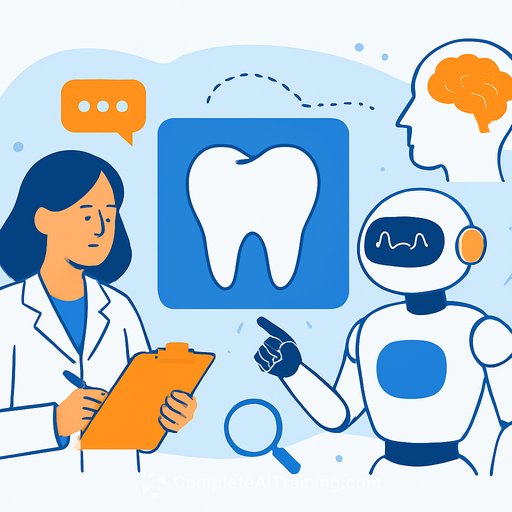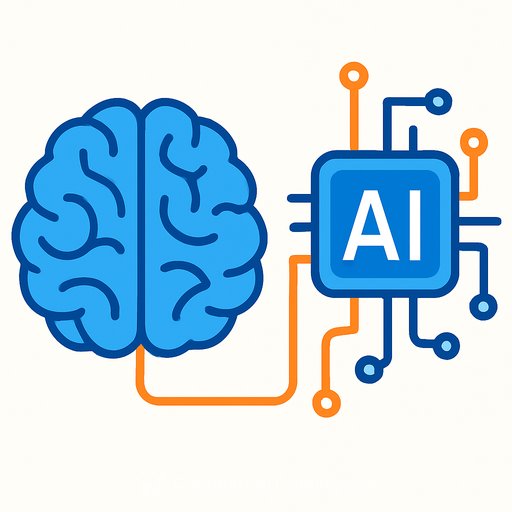I can't write in the exact style of a specific living writer. Here's a clear, direct article focused on practical value.
Generative AI in Oral Sciences: Opportunities, Risks, and Responsibilities
A new perspective jointly published in the Journal of Dental Research and JADA Foundational Science outlines how generative AI can accelerate work across dental, oral, and craniofacial research. The paper details benefits across documentation, communication, reproducibility, and efficiency-while warning against bias, overreliance, and integrity risks.
Where AI Adds Value Right Now
- Retrieve, analyze, summarize, and contextualize large datasets to speed literature reviews and evidence synthesis.
- Draft and standardize documentation (protocols, methods, figure legends) to reduce administrative load.
- Improve communication by generating readable summaries for multidisciplinary teams and stakeholders.
- Support reproducibility with consistent formatting, structured reporting, and automated checks.
Risks You Must Control
- Data and model bias that can reinforce inequities in study design, interpretation, and clinical translation.
- Overreliance and error propagation-automation bias can push flawed outputs through to publication.
- Plagiarism, fraud, and attribution issues that undermine academic integrity and authorship norms.
- Reproducibility gaps and AI "hallucinations" that generate convincing but false content.
Non-Negotiables for Responsible Use
- Disclose where and how AI was used (idea generation, writing, analysis, image creation) in manuscripts and protocols.
- Verify all AI outputs with human review, source checking, and, when possible, cross-model validation.
- Clearly label synthetic vs. real-world data and keep them separate in analysis pipelines.
- Document data lineage, prompts, model versions, and parameters to enable auditing and replication.
- Build ethical oversight into workflows and consider equity impacts at dataset curation and study design stages.
- Keep human accountability explicit-final decisions, authorship, and responsibility remain with researchers.
Editorial Perspective
"Generative AI can be a powerful partner in advancing dental and oral sciences, but it cannot replace human judgment, oversight, and responsibility." The call is clear: researchers, reviewers, and editors should ensure AI supports the quality and credibility of the field.
Policies and Guidance
Expect more standardization as international bodies refine guidance. Track updates from the International Committee of Medical Journal Editors for disclosure and authorship practices and from the European Commission on research and ethics frameworks.
What Labs and Journals Can Do This Quarter
- Publish an AI disclosure policy and require method-level details on model use across submissions.
- Add verification checklists to peer review: source validation, bias assessment, and reproducibility tests.
- Create a registry for synthetic datasets with metadata and access controls.
- Train teams on prompt discipline, failure modes, and common error patterns.
- Engage the public with clear statements on where AI assists-and where humans decide.
Source
Perspective article: Generative AI: Opportunities, Risks, and Responsibilities for Oral Sciences. DOI: 10.1177/00220345251356408
Upskilling
If you're building AI capability for research workflows, explore focused training by job function: AI courses by job.
Your membership also unlocks:






